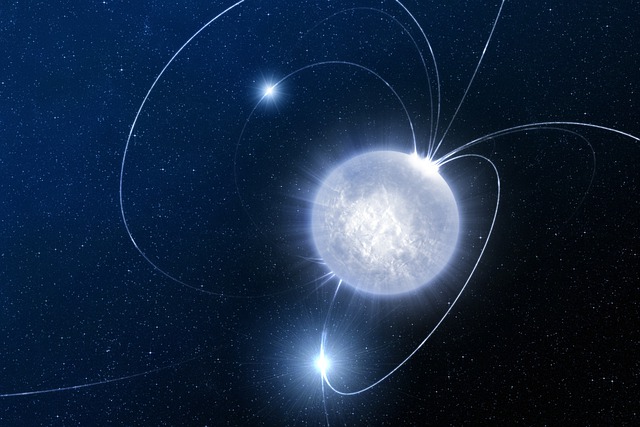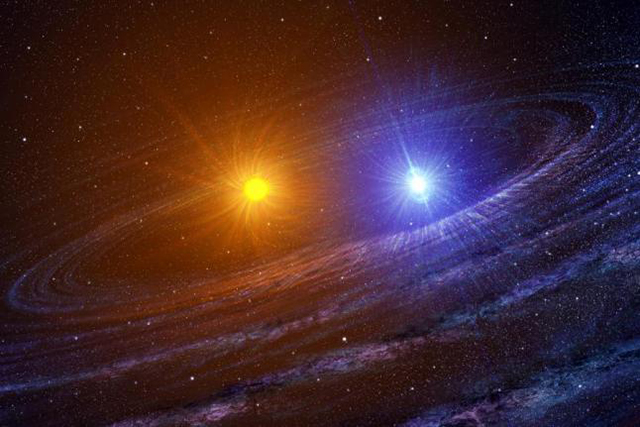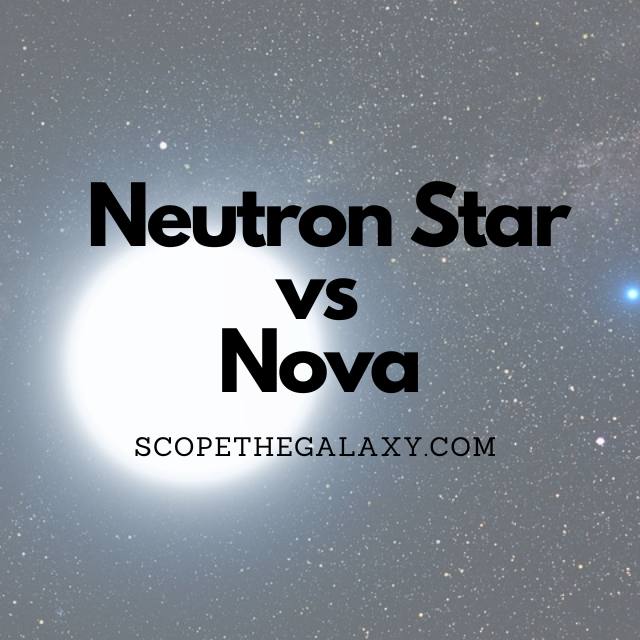*This post may contain affiliate links. This means we may make a commission if you purchase an item using one of our links*
The main difference between a nova and a neutron star is that a neutron star is the aftermath of a large star that has gone supernova, and is amongst the densest celestial objects in the Universe whilst a nova is an explosion that occurs on a white dwarf’s surface as a result of a nuclear fusion and produces light that is as bright as 100,000 Suns.
For a more detailed breakdown of how both entities function, continue reading as it will be discussed below.
What Is A Neutron Star?
Table of Contents

When a star 10 to 20 times more massive than our sun or more massive than the Chandrasekhar limit of 1.44 solar masses, reaches the end of its life, the core collapses, and the outer matter explodes in a supernova. What remains is known as a neutron star.
Neutron stars can come in two main varieties, acting either as an active pulsating pulsars or the more erratic and powerful magnetars.
The neutron star gets its name from the fact that after the initial explosion of the star, gravity presses the remaining material so tightly that it forces protons and electrons to combine and form neutrons.
If the star’s mass is greater than 20 times our sun’s, this reaction is likely to create a black hole. While black holes are almost impossible to observe, neutron stars are straightforward, thanks to pulsating light.
A neutron takes a mass greater than twice the sun’s mass and condenses it into a spherical object no bigger than one of Earth’s cities. These mysterious objects are still not entirely understood by scientists.
The atmosphere of a neutron star comprises hydrogen, helium, and carbon. The outer crust contains ions and electrons, while the inner crust contains ions and superfluid neutrons. The outer core is superconducting protons, but what exactly comprises the inner core? That fact remains unknown.
The gravity of these objects is so strong that it bends its light waves around its body, making it easier for scientists to determine the size and mass of these stars.
What Is A Nova?

A nova will occur when a white dwarf consumes too much energy from its binary companion star. This causes nuclear fusion on the white dwarfs surface, momentarily inducing a very bright energy outburst on the stellar remnant’s exterior.
When the surface of a white dwarf heats up to around 20,000 degrees Celsius the nuclear fusion process will activate, allowing it to act as if it were the core of an active star again.
The energy produced is significant, where it ejects resources in the region of 100,000 times more powerful than the white dwarfs typical cycle.
This excess energy needs to be ejected out otherwise it wouldn’t be able to conserve its form. That’s why the exterior explodes creating what we now refer to as a nova explosion, an explosion that has been observed to increase in brightness over the course of a few months.
Some white dwarfs tend to have nova outbursts a few times a century, while others are rarer. Ultimately for the explosion to occur, it will depend on how much hydrogen can be provided by a white dwarfs red giant companion star.
Although not the most commonly observed cosmic activity, scientists often find roughly 40 new novas every year in the Milky Way, which does imply that billions of nova explosions likely happen every year throughout the cosmos.
Similarities Between Neutron Stars And Novas
The two don’t have too much in common but there are the odd few similarities that the both share.
A nova is type of explosion that occurs on a white dwarf which is a dead star remnant whilst a neutron is also a dead star remnant but, from a star that is significantly bigger than those that create white dwarfs.
Differences Between A Neutron Star And A Nova
In regards to the differences, they include the following:
- A neutron star is a dead star remnant of stars that are 10 – 20 solar masses whilst a nova is an extremely bright explosion that occurs on the surface of a white dwarf.
- Nova’s can be as bright as 100,000 Sun’s whilst a neutron is equivalent in brightness of 1 Sun if it were a singular astronomical unit away from us.
- A nova heats up to around 20,000 degrees Celsius whilst a neutron star is always extremely hot, generally resting at the 1 million degrees Celsius range.
- A neutron star is able to warp space and time around it whilst a nova explosion will only brighten up outer space for a few months until the explosion has settled.
- Neutron stars can pulsate at relatively regular intervals depending on if they fall under the pulsar name or magnetar name whilst a nova explosion will gradually diminish in brightness over a few months.
Summary
There aren’t too many similarities between a nova and a neutron star as one is an explosion that occurs on the surface of a dead remnant whilst a neutron star in this case is the pulsating remains of either a white dwarf that has gone supernova or when a large star dies.
Other than this, the two are distinctly divided in their functionality throughout outer space.


Wow i have a presentation on this and it helped a lot thanks for the info!
Glad it was helpful